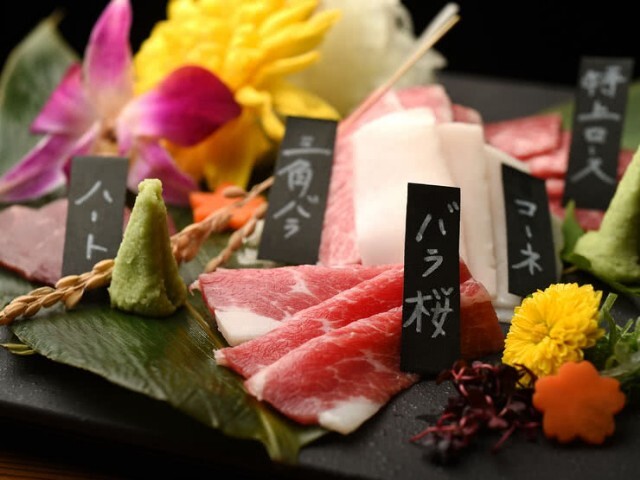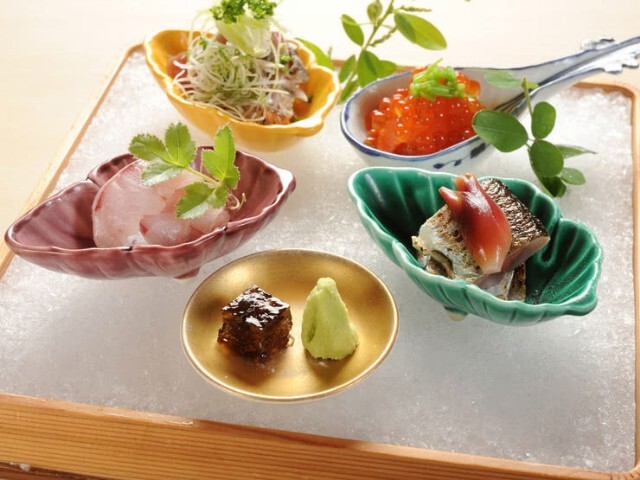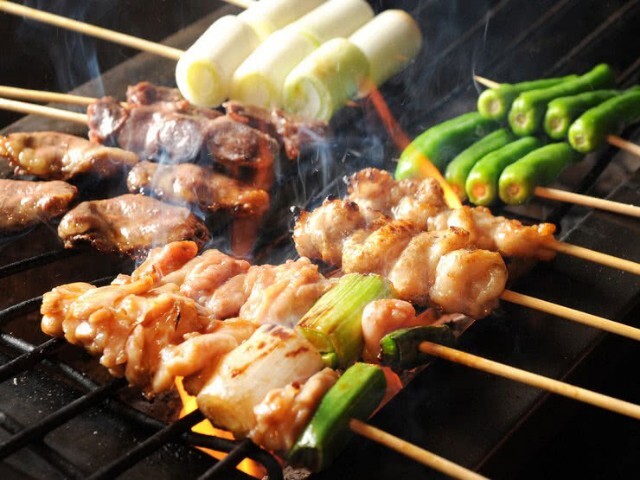>In the eternal city of Kyoto, yakiniku is a staple option available at popular dining venues, from the enchanting Ponto night district to the tradition-filled alleys of Gion and dining establishments by the Kamogawa river. Yakiniku, which literally means “grilled meat,” is one of the most popular types of cuisines in modern Japan. A sizzling yakiniku meal is considered a treat and is often associated with special occasions, such as birthdays or celebrations of events. Many Kyoto yakiniku restaurants are mid- to upscale dining establishments that pride themselves on serving good cuts of domestically-reared wagyu beef.
Meat makes up most of the meal, but salads and pickles such as various forms of kimchi are popular sides. The common availability of kimchi and Korean stews is a nod to the Korean origins of yakiniku in Japan. A wide range of standards dips, such as soy sauce and garlic-flavored soy sauce, as well as other original sauces specific to each restaurant, are part of the enjoyment as guests grill the meat to their preference and vary the condiments. Some restaurants provide charcoal grills while others provide gas or electric grills. Covers for diners’ bags, coats and clothes so they can enjoy the meal without bringing the scent of grilled meats with them home, and good ventilation is provided so the interior is surprisingly smoke-free. Here are some restaurants showcasing the very best yakiniku in Kyoto.
Continue reading Best Kyoto Yakiniku Restaurants: 6 Sizzling Establishments










